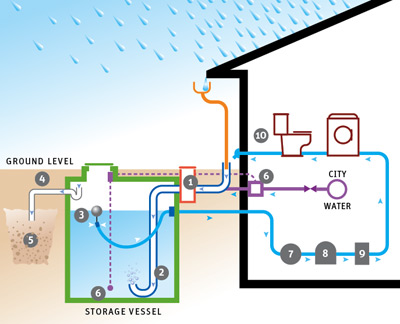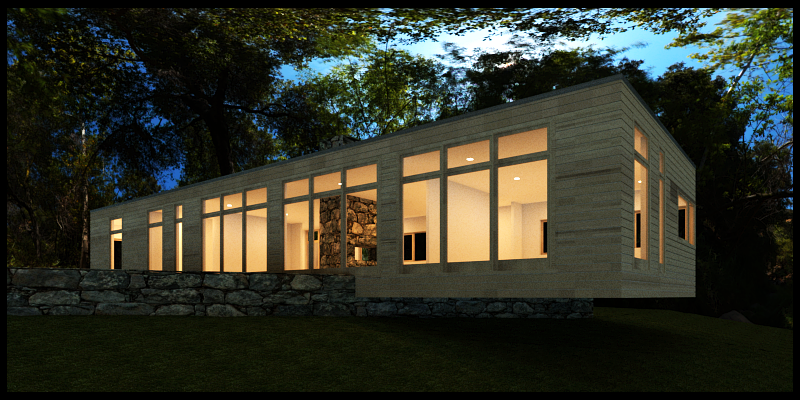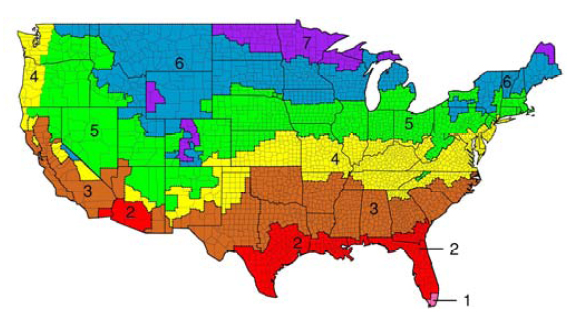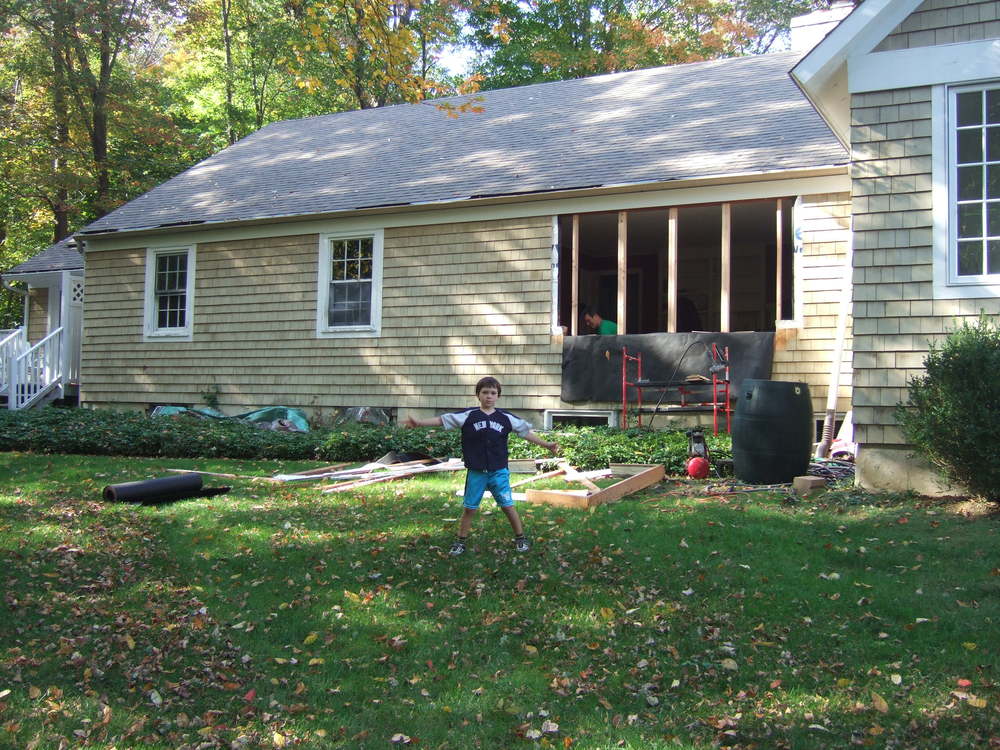Insulation has been installed in the house on the lake in Ridgefield.
In this house we are using all spray foam insulation. We have been going back and forth with using spray foam over the last 8 years. If works very well but there is always this question about overall health and off gassing. (see below)
We are insulating with a combination of .8lb Open Cell Foam (walls) and 2lb Closed Cell Foam (under the first floor deck and in the cathedral ceiling/ roof.) Closed cell is much more dense, has better vapor barrier qualities and a higher R value but it more expensive and much harder to cut. We put it in places where we really need the vapor barrier.
This house is now basically built like a thermos! The full envelope (walls, roof, floor) are all super insulated and it will take very little energy to heat and cool this house!
Basic stats:
House size: 2,100 sf
Floor: (entire separation of house first floor and crawlspace, basement and cantilevered open air below)
Approx 9" of 2lb Closed Cell Foam (R6/inch)= R 54
Walls: (2x6's at 24" o.c.) 5.5" of .8lb Open Cell Foam (R4.4/inch) = R24.2
Roof: (Flash of 3" Closed cell Foam (R18 Total), filled 6.5" with Open Cell Foam (R28.6 Total)) = R46.6
We are conditioning the space with:
2 Mitsubishi, ducted mini-splits. One per floor.Will provide both cooling and heating.
Back up heat sources:
1 high efficiency gas fireplace insert. This unit will be able to heat most of the house, certainly the 1st floor open floor plan which is approx. 1300 sf. This unit does not depend on electricity and will be placed in the old first floor fireplace. (The foundation and the old brick and stone chimney were the only things left form the original house).
1 direct vent gas fireplace unit in the second floor Master bedroom. 2nd floor is approx 800 sf.
You can see a couple of pictures below of the process. The first shows the walls and ceiling right after the foam has been sprayed in....
1 ERV (Energy Recovery Ventilator)for whole house fresh air and ventilation. Important when you are making such a well sealed, insulated house. But don't forget you are still allowed to open all of your windows when you live in a well insulated house!
Fans We are also installing fans- both room fans and bathroom fans which are low energy use ways to move air around and reduce the use of other heating adn cooling sources during the shoulder seasons.
The first photo (below) shows the open cell foam as it is when first blown in...
...The second photo shows the foam after walls have been shaved. The shaving allows for the drywall to go in flat while still filling the wall cavity completely. You can also see here how the rim joists (the part above the ceiling along the outer walls of the house) are insulated.
Next step, drywall!
What about Foam?
Yes, Foam DEFINITELY off gasses when it first goes in. You don't really want to be there when it is installed and you can still smell it strongly after the first few days and lightly there after for about 2 weeks. But then you really don't smell it anymore. So is it still offgasing? And if so how badly and how bad is it for you? Does it become inert and therefore basically innocuous? These are all really good questions and the answers are so far pretty debatable.
I feel fairly comfortable with the health concerns once the foam has offgassed to the point of no odor and the drywall goes up and the house is finished. (In most cases it is months between foam insulation going in and the house being finished enough for occupation by the home owners.)
However, one concern is fire. We had clients who had foamed their detached garage and finished it to make it an office a few years back. They had a small garbage can fire that really just scorched the drywall and was put out with little harm done. BUT the office forever after smelled horribly of the burnt foam and know one wanted to go in there anymore. The area of foam had to be fully removed to get rid of the smell.
But foam works so well! and is Very easy to install. It really does have so many benefits.
What are the alternatives? Well, we like cellulose and rock wool and cotton batts and even blown in fiberglass. (Usually all of these are in combination with some sort of rigid house wrapping insulation.)We don't use fiberglass batts as they are pretty ineffectual. (You can read a lot more about insulation in the 'Tech Talk' section of the website.)
Enjoy the warm weather~


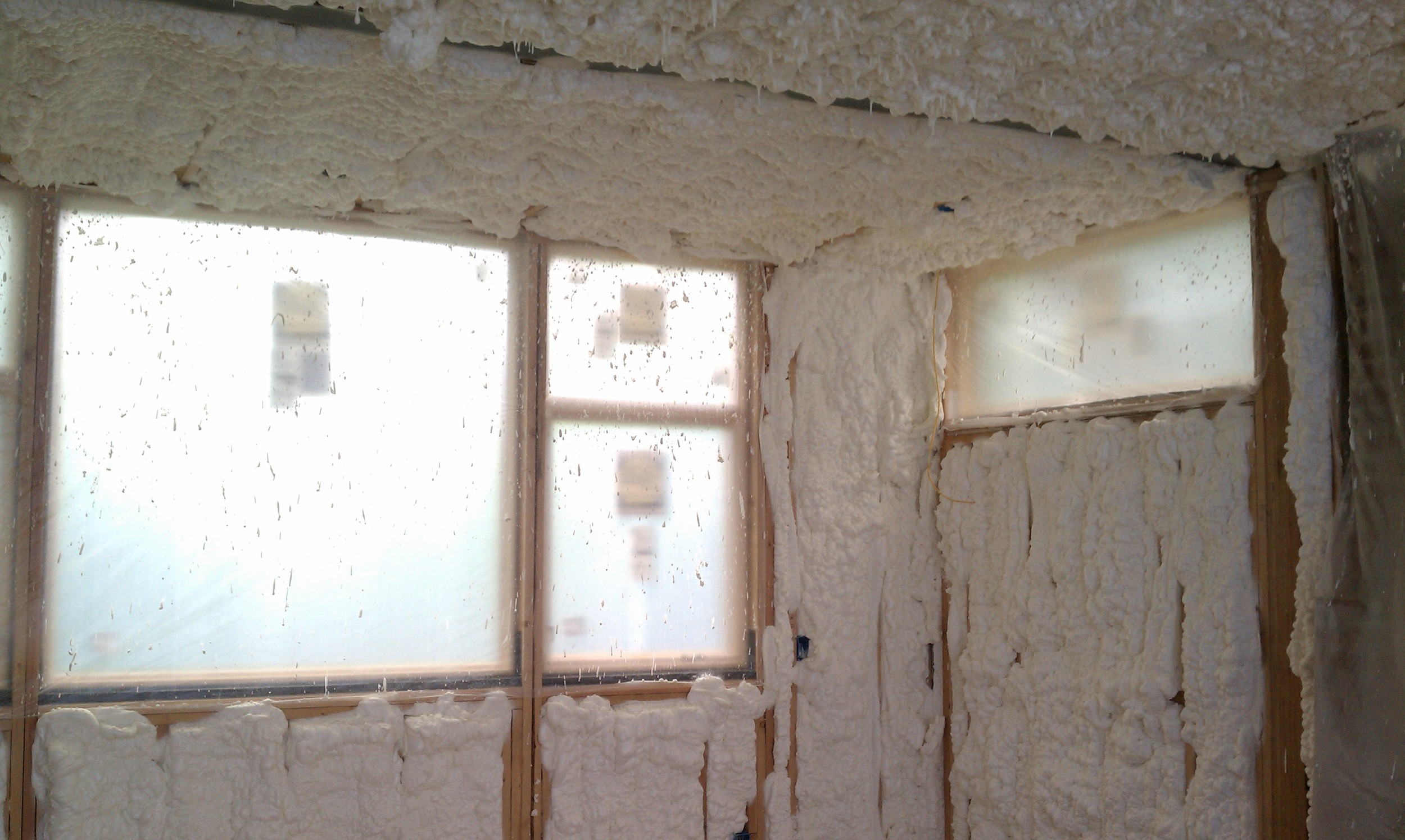
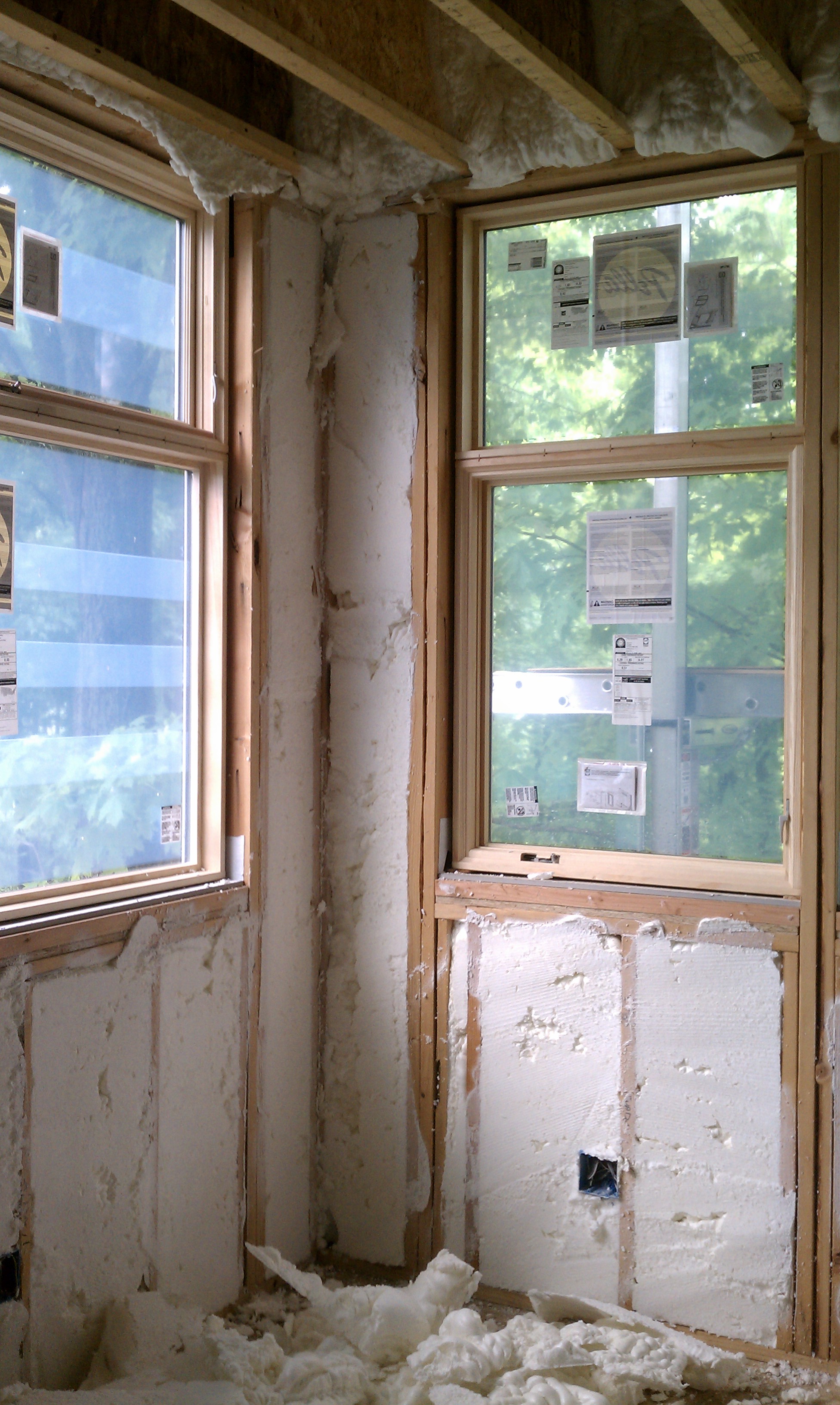










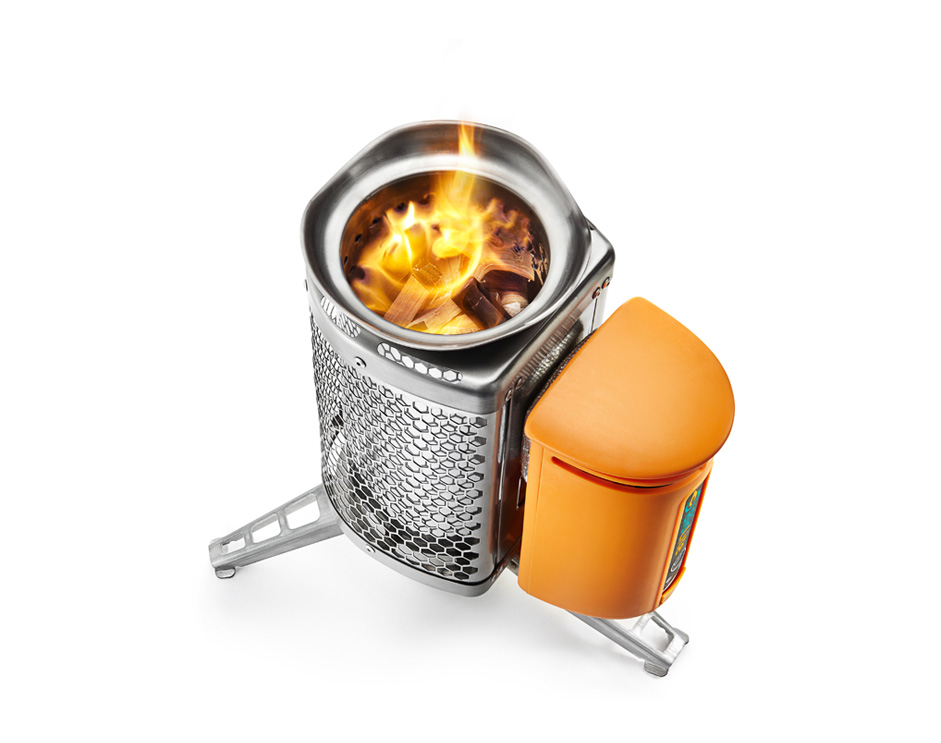
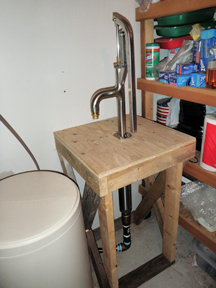
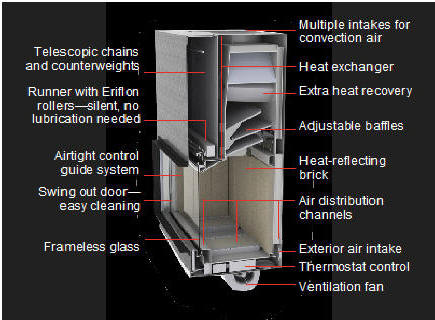

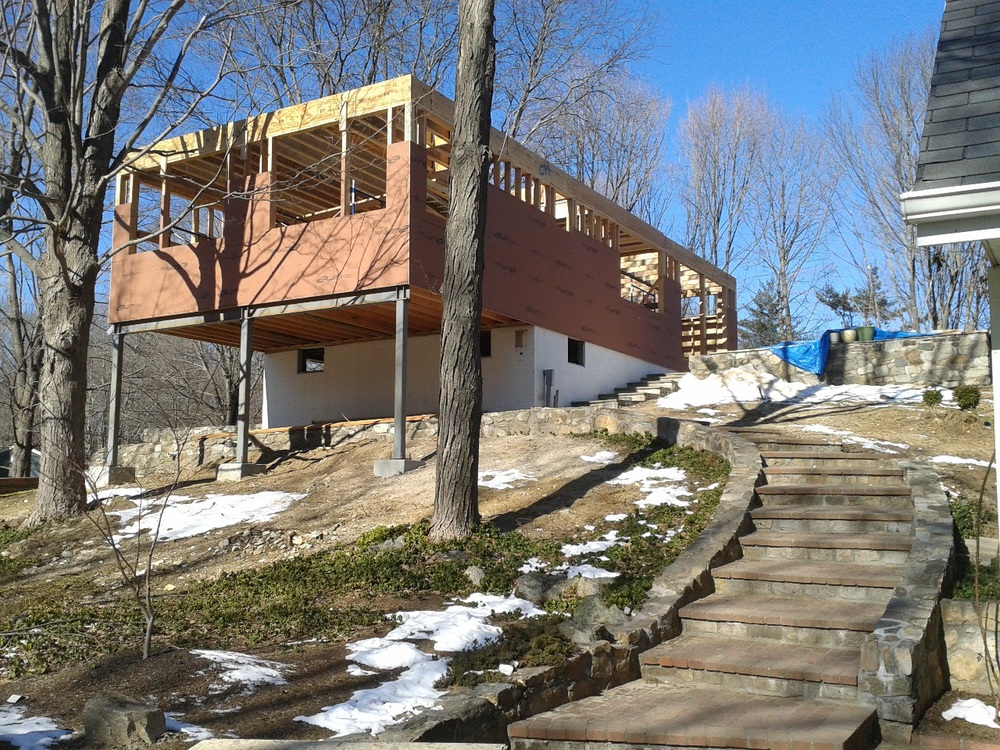






 are homes in the Northeast ever designed to recycle graywater? are there resources for my builder/architect to come up to speed on it if so?
are homes in the Northeast ever designed to recycle graywater? are there resources for my builder/architect to come up to speed on it if so? 